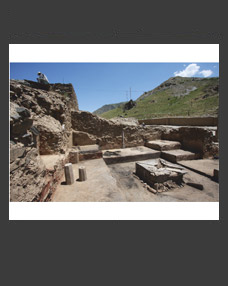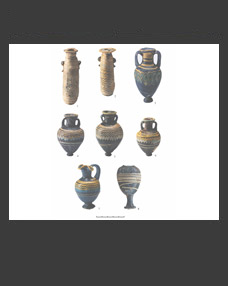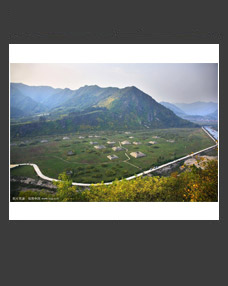Vladimir Yu. Koval1,*, Andrey Yu. Dmitriev2,**, Veronika S. Smirnova2,***, Olesya E. Chepurchenko2,****, Yulia G. Filina2,*****, Maksim V. Bulavin2,******
1Institute of Archaeology RAS, Moscow, Russia
2I.M. Frank Laboratory of Neutron Physics at the Joint Institute for Nuclear Research, Dubna, Russia
*E-mail: kovaloka@mail.ru
**E-mail: andmitriev@jinr.ru
***E-mail: veronicasm@jinr.ru
****E-mail: yurchenko0907@mail.ru
*****E-mail: jgfilina@yandex.ru
******E-mail: bulavin85@inbox.ru
Keywords: archaeology, medieval pottery, neutron activation analysis, X-ray fluorescence analysis.
The paper presents the results of studying the composition of pottery by neutron activation analysis (involving X-ray fluorescence analysis). The study was based on samples of pottery made from highly ferrous (redburning) clays originating from archaeological sites investigated in the territory of medieval Rus (Moscow and Ryazan Land) and the Volga River region (the Bolgar and Selitrennoye fortified settlements). They were compared with pottery samples from Byzantium and other regions (the Caucasus, Central Asia). A set of trace elements was identified whose content varies significantly in the pottery of different regions of Eastern Europe and differs also from the pottery of neighbouring countries. Cluster analysis confirmed the presence of noticeable differences in the trace element composition of clay masses from which medieval pottery were made. The results obtained allow the authors to admit the possibility of determining the origin of pottery by its trace element composition, at least at the level of large territories. Within these territories, differences in the composition of pottery have not yet been revealed.
DOI: 10.31857/S086960630009867-2







